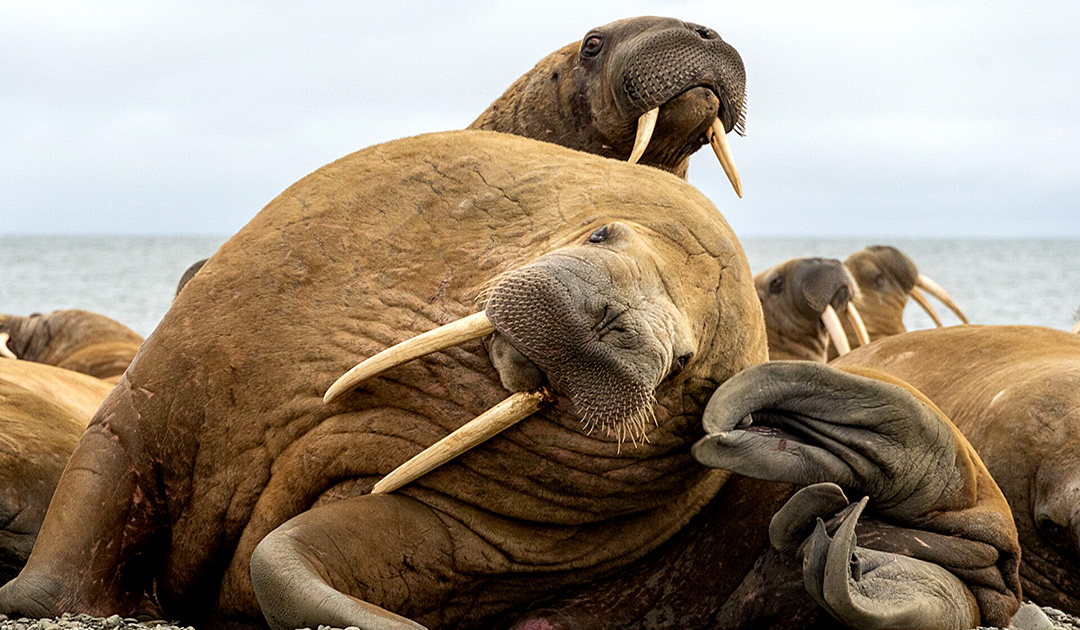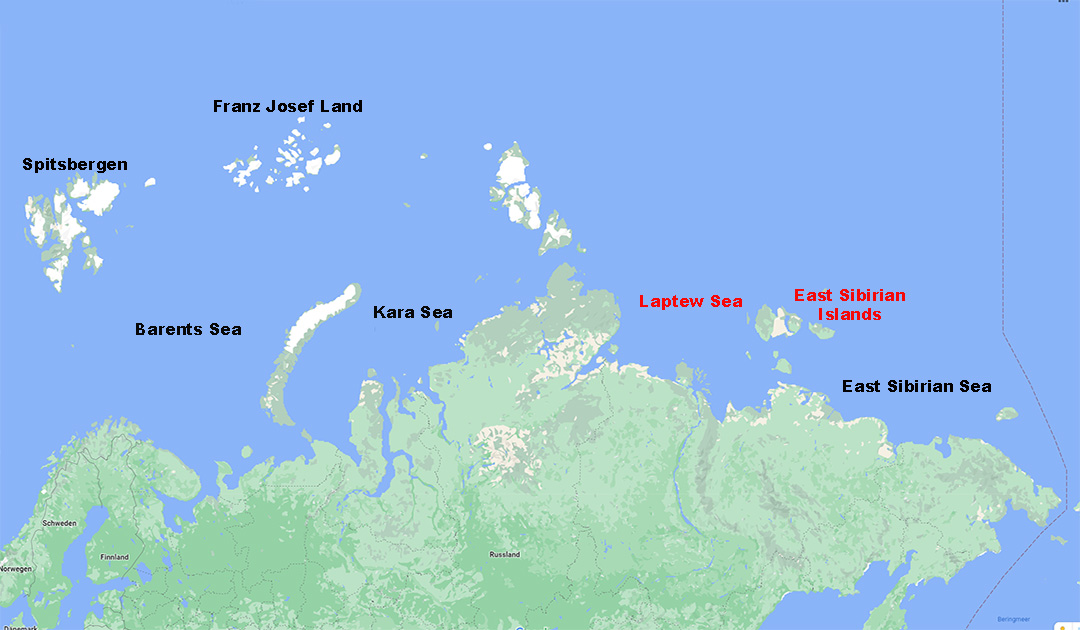
Russian scientists have, for the first time, conducted a comprehensive study of walruses living in the Laptev Sea, which had previously been unexplored, in order to develop effective measures to protect this subspecies.
On the motor sailing yacht “Apostol Andrey”, specialists from the Foundation and the Institute of Ecological and Evolutionary Problems of the Russian Academy of Sciences (IPEE RAS) covered more than 1,800 nautical miles from the port of Tiksi to Naryan-Mar within two weeks. The main work was carried out on the east coast of the Taimyr Peninsula and on the islands in the Laptev Sea.

During the expedition, scientists studied for the first time five walrus colonies in the Laptev Sea, ranging in size from 50 to 1,000 animals. In the process, they took about 50 biopsy samples and installed satellite tags on 15 walruses.
“Despite the fact that many Arctic areas in the Russian Arctic are already quite well studied, walruses in the Laptev Sea still remain a kind of terra incognita for researchers and ecologists. How are they connected, how long and how many walruses rest in the colonies. This is only a small part of the issues that interest experts,” said Varvara Semenova, chief coordinator of Arctic biodiversity conservation projects at Russia’s WWF.

The foundation noted that genetic analysis of the collected biopsy samples could end the debate over the status of walruses in the Laptev Sea. Russian scientists believe that the Laptev walrus is a separate subspecies, foreign scientists believe that it is a population of the Pacific walrus subspecies living in the East.
“Tissue samples are also tested for the presence of organic contaminants and heavy metals that could affect animals’ immunity, general health and reproductive ability. These studies are particularly relevant due of the development of the Laptev Sea and the active development of shipping on the Northern Sea Route,” the Foundation noted.
The mounted tags will also help scientists track walrus movements and identify critical habitat for them.
According to the foundation, satellite tags have already provided initial results. One of the walruses, whose movements were monitored, covered more than 800 km in just one week, moving from the coast of Taimyr to the New Siberian Islands.
Heiner Kubny, PolarJournal





